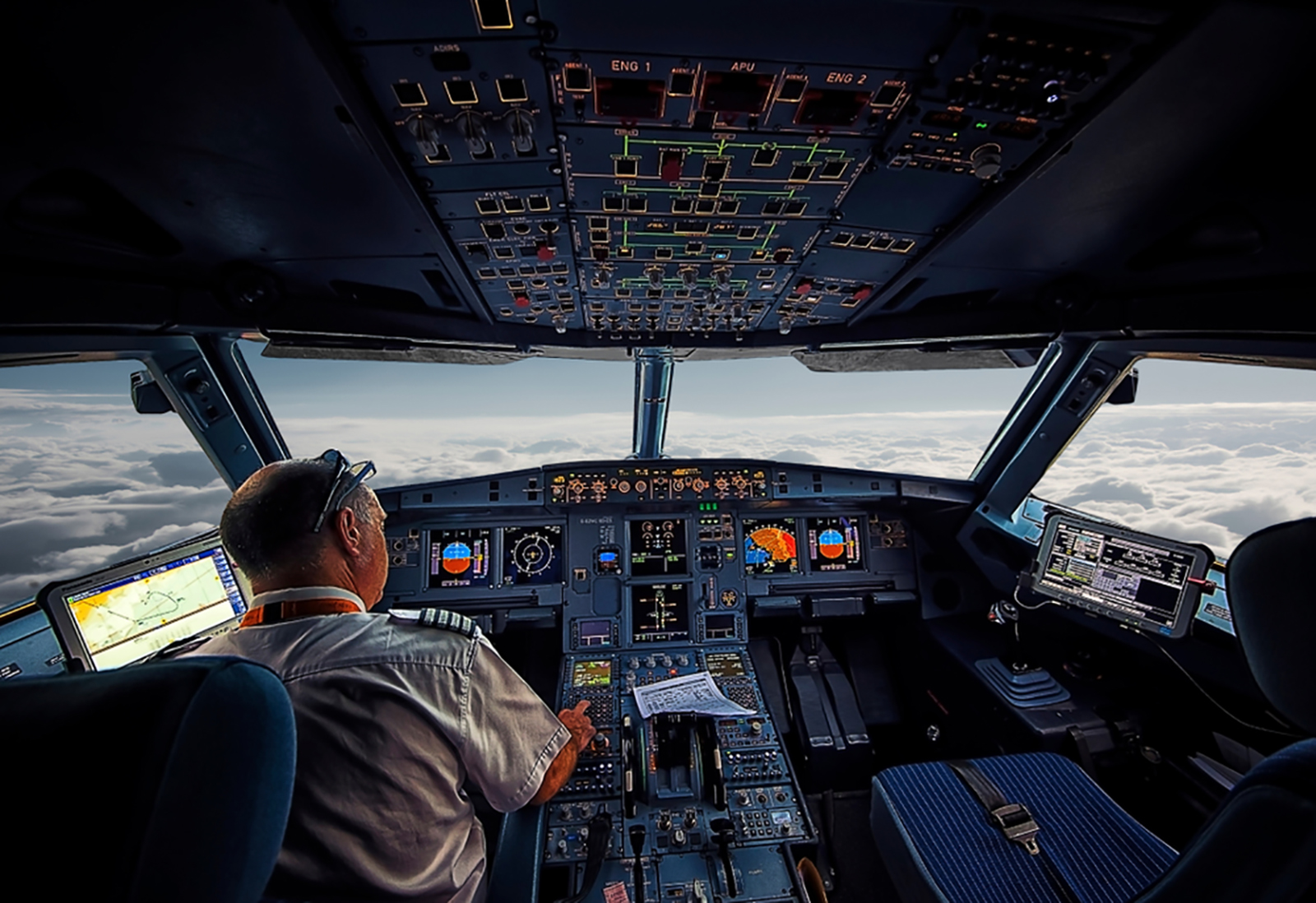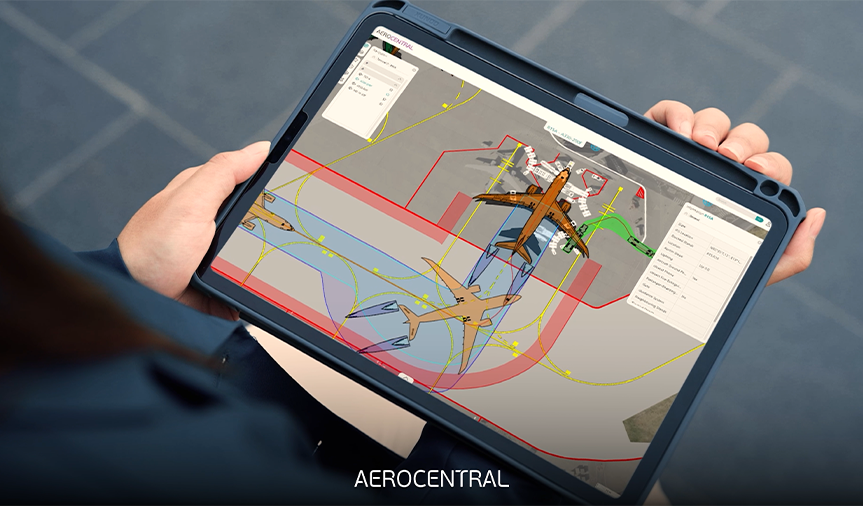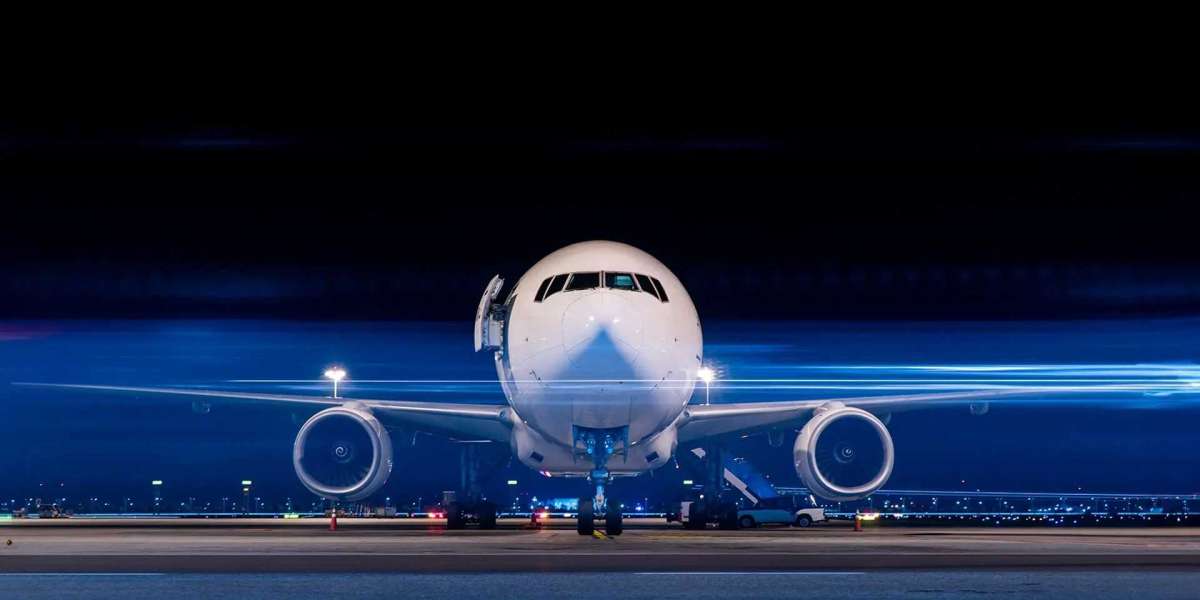A digital twin is a precise virtual representation of a physical asset—in this case, an aircraft or related components—that continuously receives real-time data from sensors embedded in the physical counterpart. This connection allows the virtual model to reflect the current condition, performance, and environmental context of the physical asset, enabling better analysis, simulation, and decision-making.
In aviation software, digital twins are reshaping maintenance, operations, and design processes, delivering unprecedented visibility and insight. By integrating with advanced analytics and AI-driven systems, digital twins enable predictive maintenance, improved safety, and optimized performance, profoundly affecting how airlines and manufacturers operate.
Enhancing Aircraft Maintenance and Reliability
One of the most immediate and impactful applications of digital twin technology in aviation software is predictive maintenance. Traditional maintenance schedules are often time-based or rely on manual inspections, which can either lead to unnecessary part replacements or unexpected failures. Digital twins alleviate these inefficiencies by providing real-time condition monitoring.
Embedded sensors collect a constant stream of data—temperature, vibration, pressure, wear, and more. This data feeds the digital twin, allowing it to simulate and predict component health throughout flight operations. Aviation software powered by digital twins can forecast when a part will likely fail or require service, enabling maintenance crews to perform repairs exactly when needed.
This shift from reactive to condition-based maintenance reduces operational downtime, minimizes maintenance costs, and enhances flight safety by mitigating the risk of in-service failures. Airlines benefit from higher aircraft availability and more streamlined repair workflows based on precise digital twin insights.
Optimizing Flight Operations and Performance
Besides maintenance, digital twin technology provides aviation operators with tools to optimize flight performance and fuel consumption. Real-time data from aircraft systems helps create a dynamic flight profile within the digital twin, which can be used to adjust parameters for optimal efficiency during a mission.
For example, digital twins enable simulation of different flight paths under changing weather conditions or payload configurations. By analyzing these scenarios, airlines can select routes and operating parameters that minimize fuel burn and emissions while maintaining punctuality and safety.

These optimizations benefit not only cost savings but also align with increasing regulatory and societal demands for greener aviation. Incorporating digital twin analytics into aviation software supports sustainability goals and future-proofs airline operations.
Improving Aircraft Design and Testing
Digital twin technology also accelerates the development cycles for new aircraft models. By creating highly detailed virtual models early in the design process, manufacturers can simulate performance under various stresses and environmental conditions without building physical prototypes.
This software-driven simulation reduces RD costs and shortens time-to-market by identifying design flaws or inefficiencies digitally. Once the aircraft is deployed, the digital twin continues to evolve alongside its physical counterpart, capturing the operational experience and feeding it back into design improvements.
The continuous feedback loop enabled by digital twins fosters innovation, safer designs, and more reliable aircraft, supported by cutting-edge aviation software platforms.
Enhancing Pilot Training and Simulation
Another area benefiting from digital twins is pilot training. By integrating digital twin models into advanced simulators, trainees experience realistic scenarios reflecting an aircraft's exact behavior under various conditions, including equipment malfunctions or atypical weather.
This immersive training environment improves pilot proficiency and safety by rehearsing responses to real-world challenges. Furthermore, digital twin technology allows rapid updates to simulation scenarios as aircraft models evolve, ensuring training remains current and relevant.
This dynamic integration with aviation software strengthens human factors and operational readiness in flight operations.
Addressing Challenges in Implementation
While the benefits of digital twins in aviation software are significant, implementing this technology comes with challenges. One of the primary hurdles is managing and processing the sheer volume of data generated by aircraft systems. Real-time streaming data requires highly scalable cloud infrastructure and sophisticated analytics engines capable of delivering actionable insights promptly.

Integration with existing aviation IT systems and adherence to stringent regulatory requirements for safety and data privacy also complicate deployment. Ensuring cybersecurity across connected digital twin platforms is crucial to protect sensitive operational data and avoid malicious interference.
Collaboration between software developers, aviation experts, and regulatory bodies is essential to overcoming these challenges and unlocking digital twins’ full potential.
Partnering for Advanced Digital Twin Solutions
Developing robust aviation software that leverages digital twin technology demands specialized expertise. Experienced development partners provide tailored solutions that combine domain knowledge of aerospace engineering with state-of-the-art software development and data analytics.
Organizations seeking to innovate with digital twins can explore services at https://symphony-solutions.com/industries/aviation-software-development to access end-to-end solutions. These expert partnerships ensure compliance, scalability, and seamless integration across the aviation ecosystem.
Such collaborations accelerate the adoption of digital twins, driving measurable operational improvements and technical innovation.
Shaping the Future of Aviation with Digital Twins
Digital twin technology fundamentally changes how the aviation industry approaches lifecycle management, operations, and training. By creating interconnected physical-virtual models via advanced aviation software, airlines, manufacturers, and service providers unlock new efficiencies, safety enhancements, and environmental benefits.
As data analytics, AI, and IoT technologies continue to evolve, digital twins will become even more intelligent, predictive, and autonomous—paving the way for smarter skies and next-generation aviation experiences.

